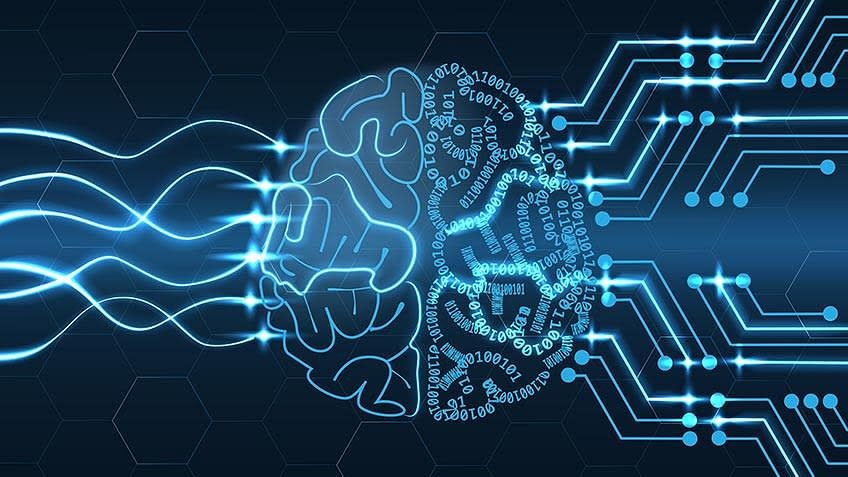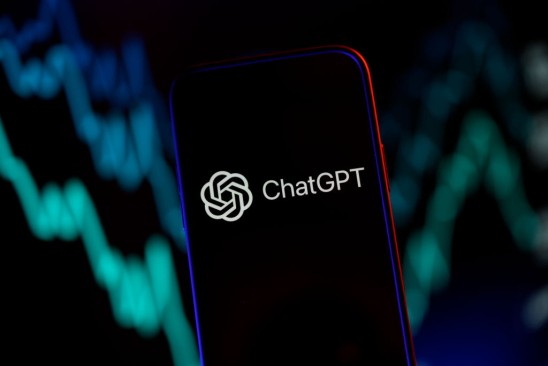
BY MENELAOS HADJICOSTIS AND ABBY SEWELL NICOSIA, Cyprus (AP) — The United Nations refugee agency said Friday it was “extremely concerned” over the return of more than 100 Syrian nationals from Cyprus to Lebanon without being screened to determine whether they need legal protection and who may be deported back to their war-wracked homeland. The UNHCR office in Cyprus said deportations and transfers between states “without legal and procedural safeguards for persons who may be in need of international protection” are against international and European law. Such transfers could result in people sent back to a country where “they may face the risk of persecution, torture, cruel, inhuman or degrading treatment or punishment and other irreparable harm,” the agency told the Associated Press. The Cyprus government said such returns are being lawfully carried out in line with a bilateral agreement the island nation and neighboring Lebanon signed in 2004.
According to senior Interior Ministry official Loizos Hadjivasiliou, the agreement obligates Lebanon to prevent and stop illegal border crossings and illegal migration of individuals who depart from Lebanon. Hadjivasiliou told the Associated Press these individuals are returned to Lebanon, which is deemed safe and where they enjoy benefits afforded to the hundreds of thousands of refugees in the country. “Under these circumstances, we believe that they don’t face any danger and their choice to set sail toward a European Union member country is being made for clearly economic reasons.”











